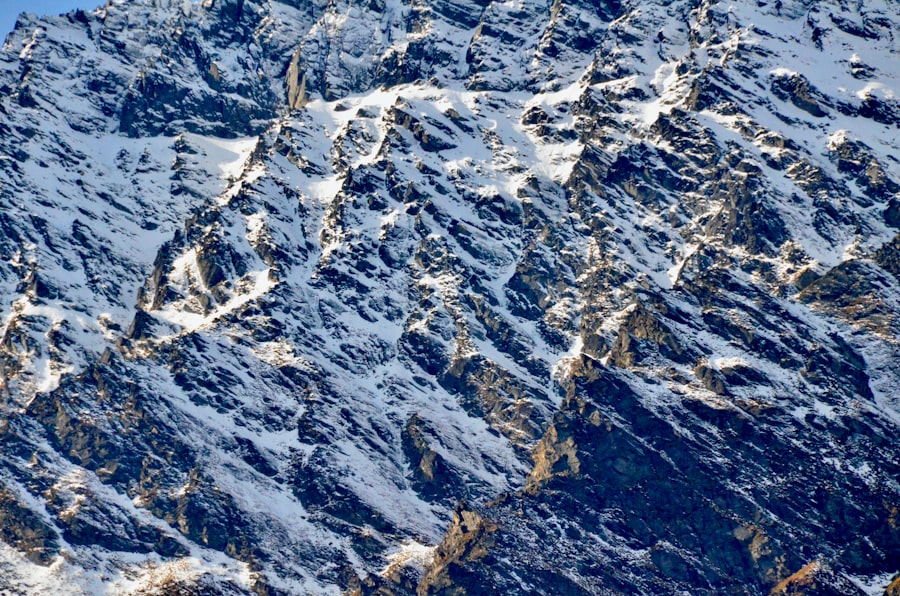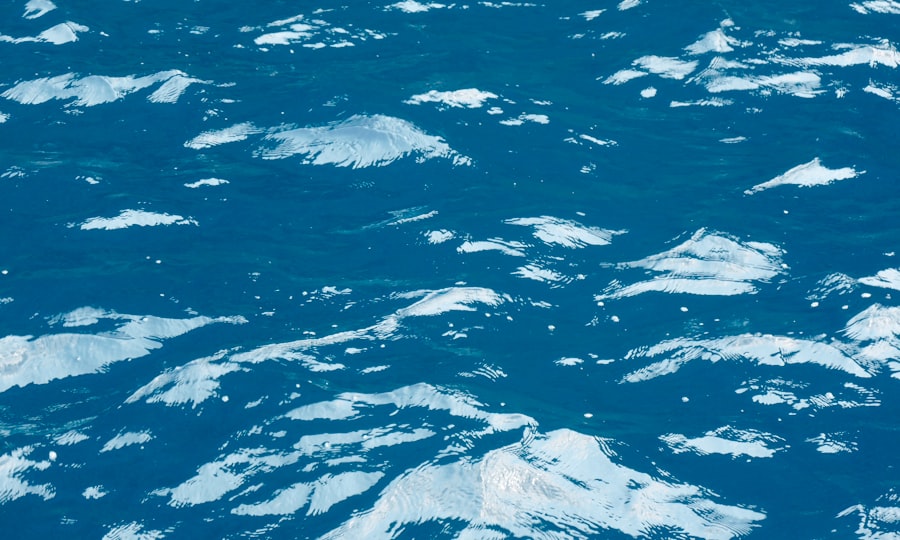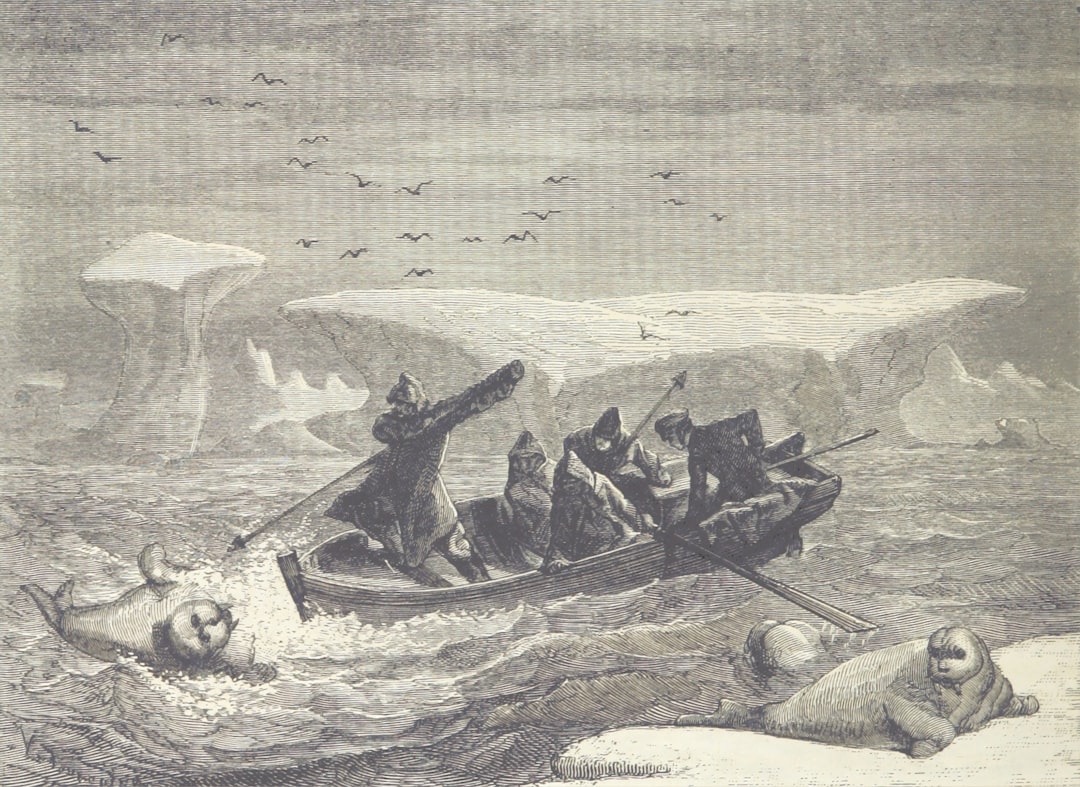The Drake Passage, a body of water that separates South America from Antarctica, is not only known for its treacherous waters and unpredictable weather but also for its geological significance. This narrow stretch of ocean is a hotspot for seismic activity, making it a focal point for researchers studying earthquakes. The term “terremoto,” which translates to “earthquake” in Spanish, aptly describes the geological phenomena that occur in this region.
The Drake Passage serves as a reminder of the dynamic nature of the Earth’s crust and the forces that shape our planet. As tectonic plates shift and collide beneath the surface, the Drake Passage becomes a stage for the dramatic events that can lead to earthquakes. These seismic occurrences can have far-reaching implications, not only for the immediate environment but also for marine ecosystems and human activities in the region.
Understanding the intricacies of these earthquakes is crucial for scientists and policymakers alike, as they navigate the challenges posed by natural disasters in remote areas.
Key Takeaways
- The Drake Passage Terremoto is a significant geological event that occurs in the Southern Ocean.
- The Drake Passage holds great geological significance as it connects the Atlantic and Pacific Oceans.
- Tectonic activity in the Southern Ocean contributes to the occurrence of earthquakes in remote regions.
- Earthquakes in the Drake Passage have a significant impact on marine life in the Southern Ocean.
- International collaboration is crucial for researching and mitigating the risks of earthquakes in the Southern Ocean.
The Geological Significance of the Drake Passage
The geological significance of the Drake Passage lies in its unique position at the convergence of several tectonic plates. The South American Plate and the Scotia Plate meet here, creating a complex interplay of geological forces. This convergence results in a variety of geological features, including deep-sea trenches and underwater mountain ranges, which are indicative of the dynamic processes at work beneath the ocean floor.
The region is characterized by its high levels of seismic activity, making it an ideal location for studying the interactions between tectonic plates. Moreover, the Drake Passage is home to some of the most active fault lines in the world. These faults are responsible for generating earthquakes that can range from minor tremors to significant seismic events.
The geological history of the area reveals a pattern of tectonic movement that has shaped not only the landscape but also the marine ecosystems that thrive in these waters. Understanding this geological significance is essential for comprehending the broader implications of seismic activity in the Southern Ocean.
The Tectonic Activity in the Southern Ocean

Tectonic activity in the Southern Ocean is a reflection of the complex interactions between various tectonic plates. The region is characterized by divergent, convergent, and transform boundaries, each contributing to the seismic landscape. The movement of these plates generates stress along fault lines, leading to earthquakes that can be felt across vast distances.
The Southern Ocean’s tectonic activity is not only a source of fascination for geologists but also a critical factor in understanding global seismic patterns. In addition to earthquakes, tectonic activity in this region influences ocean currents and climate patterns. The shifting plates can alter underwater topography, affecting how water moves and circulates.
This interplay between tectonics and oceanography highlights the interconnectedness of geological processes and their impact on marine environments. As researchers continue to study these dynamics, they gain valuable insights into how tectonic activity shapes not only the physical landscape but also the biological communities that inhabit these waters.
Understanding Earthquakes in Remote Regions
| Region | Seismic Activity | Magnitude |
|---|---|---|
| Remote Region A | Low | 3.5 |
| Remote Region B | Moderate | 4.2 |
| Remote Region C | High | 5.8 |
Understanding earthquakes in remote regions like the Drake Passage presents unique challenges for scientists. The isolation of these areas often limits access to real-time data and monitoring equipment, making it difficult to assess seismic activity accurately. However, advancements in technology have enabled researchers to gather valuable information about earthquakes even in these hard-to-reach locations.
By utilizing satellite imagery, seismographs, and ocean buoys, scientists can track seismic events and analyze their impact on both land and sea. Moreover, studying earthquakes in remote regions provides insights into how these events differ from those occurring in more populated areas. The lack of human infrastructure means that while the immediate impact may be less severe, the ecological consequences can be profound.
Understanding these differences is crucial for developing effective monitoring systems and response strategies tailored to remote environments.
The Impact of Earthquakes on Marine Life in the Southern Ocean
The impact of earthquakes on marine life in the Southern Ocean is a complex interplay of physical and biological factors.
For instance, when an earthquake occurs, it can displace sediment on the ocean floor, affecting benthic organisms that rely on stable substrates for survival.
Additionally, changes in water pressure and temperature resulting from seismic activity can have cascading effects on marine species. Furthermore, earthquakes can influence nutrient distribution in the water column, impacting food webs and marine productivity. The Southern Ocean is home to diverse species, including krill, seals, and various fish species that depend on specific environmental conditions for their survival.
Understanding how earthquakes affect these conditions is vital for predicting changes in marine biodiversity and ecosystem health.
Monitoring and Predicting Earthquakes in the Drake Passage

Monitoring and predicting earthquakes in the Drake Passage is an ongoing challenge that requires a multifaceted approach. Researchers employ a combination of seismological techniques and oceanographic data to gain insights into seismic activity in this remote region. Seismometers placed on land and at sea help detect tremors and provide valuable information about their magnitude and depth.
In addition to traditional monitoring methods, scientists are increasingly turning to advanced technologies such as machine learning algorithms to analyze seismic data. These tools can identify patterns and trends that may indicate an impending earthquake, allowing for more accurate predictions. However, despite these advancements, predicting earthquakes remains an imperfect science due to the complex nature of tectonic processes.
The Role of Technology in Studying Earthquakes in Remote Areas
Technology plays a pivotal role in studying earthquakes in remote areas like the Drake Passage. Innovations such as satellite-based remote sensing and underwater drones have revolutionized how researchers collect data in challenging environments. These technologies enable scientists to monitor seismic activity without being physically present, providing real-time insights into geological processes.
Moreover, advancements in data analysis techniques have enhanced researchers’ ability to interpret complex datasets. Machine learning algorithms can sift through vast amounts of seismic data to identify patterns that may not be immediately apparent to human analysts. This technological evolution has opened new avenues for understanding earthquakes and their implications for both human safety and environmental health.
Historical Earthquakes in the Drake Passage
The historical record of earthquakes in the Drake Passage reveals a pattern of seismic activity that underscores its geological significance. Notable earthquakes have been documented over the years, with some reaching magnitudes strong enough to be felt across vast distances. These historical events provide valuable context for understanding current seismic risks and inform ongoing research efforts.
By studying past earthquakes, scientists can identify trends and potential triggers for future seismic events. This historical perspective is essential for developing effective monitoring systems and response strategies tailored to the unique challenges posed by earthquakes in this remote region.
The Potential for Tsunamis in the Southern Ocean
The potential for tsunamis in the Southern Ocean is a critical concern associated with seismic activity in the Drake Passage. Earthquakes occurring under or near the ocean floor can generate powerful tsunamis that pose significant risks to coastal communities and marine ecosystems alike. Understanding this potential is vital for developing early warning systems and preparedness plans.
Tsunamis generated by underwater earthquakes can travel across vast distances at high speeds, making timely detection and response crucial. Researchers are working to improve tsunami forecasting models by incorporating data from seismic events and oceanographic conditions. This ongoing effort aims to enhance public safety and minimize the impact of tsunamis on vulnerable coastal areas.
The Importance of International Collaboration in Earthquake Research
International collaboration is essential for advancing earthquake research in regions like the Drake Passage. Given the global nature of tectonic processes, sharing data and expertise across borders enhances understanding and improves monitoring efforts. Collaborative initiatives allow researchers from different countries to pool resources and knowledge, leading to more comprehensive studies of seismic activity.
Furthermore, international partnerships facilitate joint training programs and capacity-building efforts aimed at enhancing local expertise in earthquake monitoring and response. By fostering collaboration among scientists, policymakers, and communities, stakeholders can work together to address the challenges posed by earthquakes in remote regions effectively.
Mitigating the Risks of Earthquakes in the Southern Ocean
Mitigating the risks associated with earthquakes in the Southern Ocean requires a proactive approach that encompasses research, monitoring, and community engagement. Developing robust early warning systems is crucial for minimizing potential impacts on both human populations and marine ecosystems. These systems rely on accurate data collection and analysis to provide timely alerts when seismic activity occurs.
Additionally, raising awareness about earthquake risks among local communities is essential for fostering resilience. Educational initiatives can empower individuals with knowledge about preparedness measures and response strategies during seismic events. By combining scientific research with community engagement efforts, stakeholders can work towards reducing vulnerabilities associated with earthquakes in this dynamic region.
In conclusion, understanding earthquakes in the Drake Passage involves a multifaceted exploration of geological processes, technological advancements, and international collaboration. As researchers continue to study this unique region, they uncover valuable insights that contribute to our understanding of seismic activity on a global scale while also addressing local challenges posed by natural disasters.
The Drake Passage, a notorious stretch of water between the southern tip of South America and Antarctica, is often associated with turbulent weather and challenging navigation conditions. This treacherous passage has been the site of numerous maritime incidents, including earthquakes that can trigger massive waves and further complicate travel. For those interested in exploring more about the geographical and historical significance of the Drake Passage and its seismic activity, a related article can be found on MyGeoQuest. You can read more about it by visiting this link.
WATCH NOW! Drake Passage: Earth’s Deadliest Waters Revealed
FAQs
What is the Drake Passage?
The Drake Passage is the body of water between the southern tip of South America and the northern tip of the Antarctic Peninsula. It is known for its rough seas and strong winds, making it one of the most challenging maritime routes in the world.
What is a terremoto in the context of the Drake Passage?
In the context of the Drake Passage, a terremoto refers to a powerful earthquake that can occur in the region. The Drake Passage is located near the boundary of the South American and Antarctic tectonic plates, making it susceptible to seismic activity.
How common are earthquakes in the Drake Passage?
Earthquakes are relatively common in the Drake Passage due to the tectonic activity in the region. However, not all earthquakes in the area result in significant damage or tsunamis.
What are the potential impacts of a terremoto in the Drake Passage?
A terremoto in the Drake Passage has the potential to generate tsunamis that could affect coastal areas of South America and the Antarctic Peninsula. It could also impact maritime activities in the region, including shipping and research expeditions.
Are there warning systems in place for terremotos in the Drake Passage?
Yes, there are tsunami warning systems in place for the Drake Passage to alert coastal communities and maritime interests in the event of a terremoto. These systems rely on seismic monitoring and ocean buoys to detect and track potential tsunamis.
